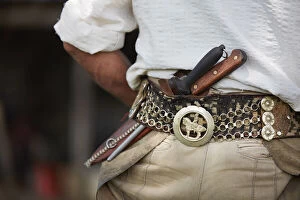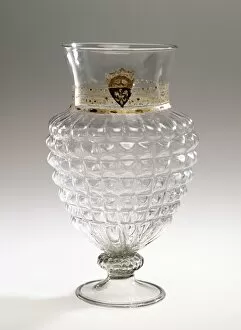Facon Collection
The facon, a traditional Gaucho knife, holds a rich history and cultural significance in Argentina
All Professionally Made to Order for Quick Shipping
The facon, a traditional Gaucho knife, holds a rich history and cultural significance in Argentina. From the Estancia Bonanza to Esquina, this iconic blade is celebrated and adorned with intricate ornaments. Its sharp edge and sturdy handle make it an essential tool for the gauchos as they navigate their daily tasks on the vast plains of El Chalten. In Esquina, Corrientes, the gauchos proudly display their facons alongside beautifully crafted belts embellished with ornate designs. These accessories not only serve as functional tools but also reflect the artistic flair of these skilled horsemen. At Estancia Buena Vista in Esquina, a gaucho can be seen wearing his trusty facon at his side. This symbolizes his readiness to face any challenge that comes his way while showcasing his deep-rooted connection to tradition and heritage. Beyond its practical use, the it also finds itself intertwined with nature's beauty. Poppies, buttercups, daisies, cornflowers, thistles - all delicately arranged in a stunning bouquet within a facon de vase. The juxtaposition of wild flowers against the ruggedness of this knife highlights both strength and grace. Moving away from its original purpose as a tool for survival on the plains of Argentina, we discover another facet of artistry associated with the facon - filigrana craftsmanship. Covered filigrana beakers showcase exquisite detailing that captivates admirers worldwide. Each piece tells its own story through delicate patterns woven into silver or gold threads. From covered welcome beakers to flute glasses and goblets bearing noble coats-of-arms like Liechtenberg's emblematic design; these vessels elevate any occasion into one filled with elegance and grandeur. As we delve deeper into Argentine culture and traditions surrounding this remarkable blade known as "facon, " we uncover not just an instrument but an embodiment of history passed down through generations.

















